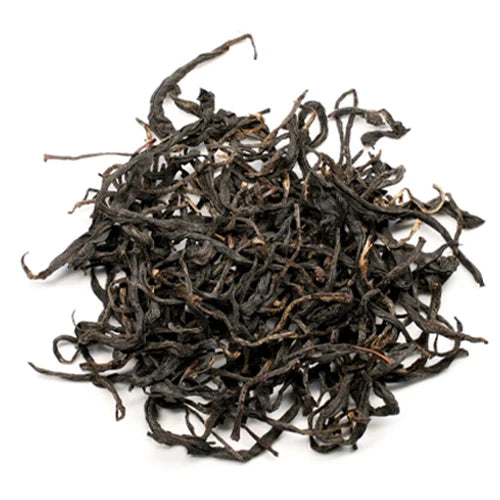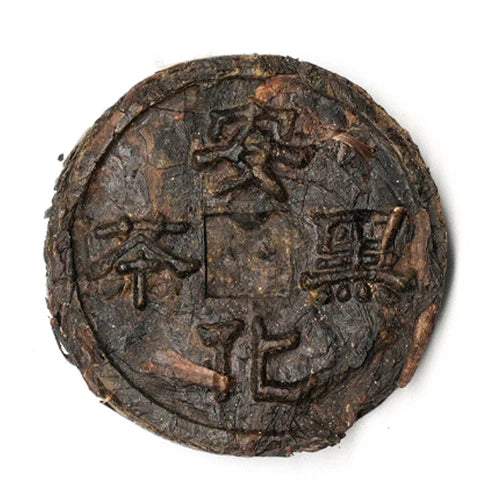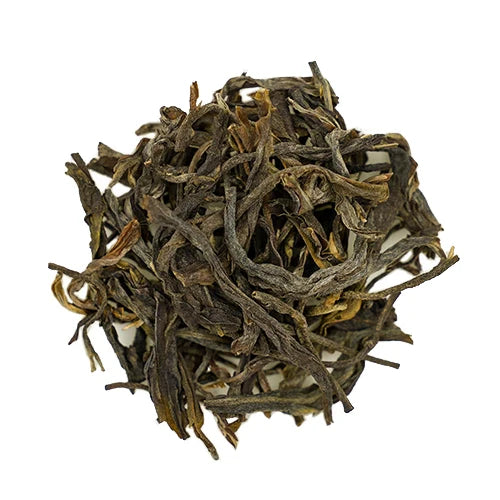Green tea, as the name suggests, has a main feature of green color. The green tea, the tea soup and the brewed tea leaves are all green. The major tea-making techniques of green tea are green killing, kneading and twisting, drying. Among the techniques, green killing is the most important technique. The purpose of green killing is to deprive the activity of enzymes in fresh tea leaves. Thus, the fermentation progress in fresh leaves is prevented and the green color of tea leaves is kept. Due to the lack of fermentation, more substances in fresh leaves (tea polyphenol, caffeine, chlorophyll, etc.) are kept. For the same reason, green tea is more stimulating compared with other fermented tea. The main types of green tea are Dragon Well, Green Snail Spring, Melon Seed, Anji White, etc.

- Dragon Well
Dragon Well was an Imperial Tribute Tea to the Qing Dynasty. It was originally produced in the West Lake region of Zhejiang province. Dragon Well is shaped and dried by hand using a heated pan. Tea makers use their flat hands to move the bud sets around the pan to produce the signature Longjing shape with each tea bud flat, shiny and yellow-green. The brew has a distinct roasted bean and orchid-like flavor. The legend of Long Jing says that the emperor visited the Hu Gong Temple in West Lake one day and was presented with a bowl of the tea. He was so impressed by the delicious taste and aroma that he gave imperial status to the 18 tea bushes growing in front of the temple.
- Green Snail Spring
Green Snail Spring was an Imperial Tribute Tea to the Tang Dynasty and is still on the list of the Chinese Famous Top 10 Teas. Originally it was produced in the Dongting Mountains near Lake Tai in Suzhou, Jiangsu Province. The ingredients of Green Snail Spring are buds with one leaf on one bud. Green Snail Spring is hand-picked and shaped. It is harvested in late March to Early April and it is the one of the earliest harvested green teas of the spring. Green Snail Spring is traditionally brewed by placing the leaves into water, as opposed to pouring water over the leaves. The leaves slowly float to the bottom like falling snowflakes.
- Melon Seed
Melon Seed is a kind of green tea from Lu’an, Anhui Province. It is named for its tightly rolled seed-like processed leaves, which are flat and resemble a melon seed. Melon Seed does not contain any buds or stems. The tea trees of Melon Seed grow in the Dabie Mountains in Anhui Province. Melon Seed is harvested in mid-April, allowing the buds to open up. The first documented evidence of Melon Seed dates back to the Tang Dynasty. It was designated as a tribute tea during the Qing Dynasty.
- Anji White
Anji White is produced in Anji County, Huzhou Prefecture, Zhejiang Province. Anji White has a history of nearly a thousand years. Although Anji White is called white tea, it is not a white tea, it is a green tea. The name is derived from the pale green color of the baiye yihao cultivar leaves used to produced Anji White. It is a specialty of Anji County and is a national geographical indication product of China.
Some text and pictures are from other sources. If there is any infringement, please contact us.











































































